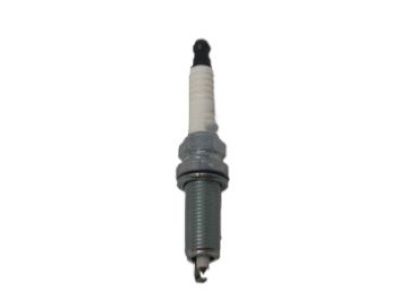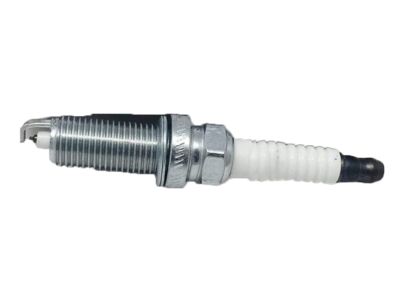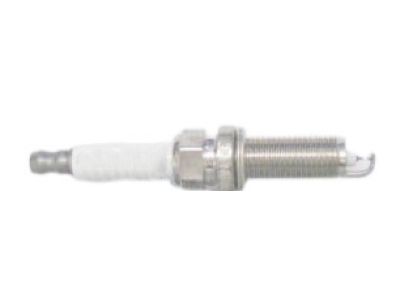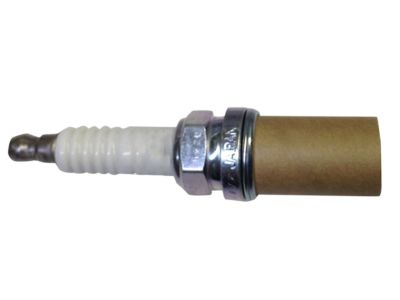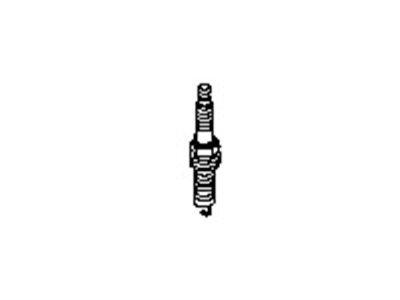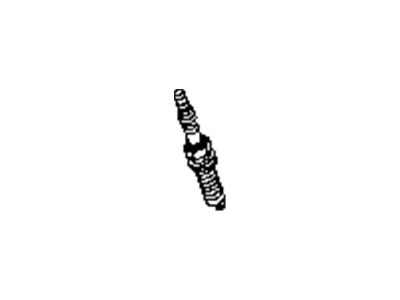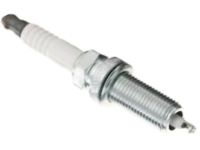×
- Hello
- Login or Register
- Quick Links
- Live Chat
- Track Order
- Parts Availability
- RMA
- Help Center
- Contact Us
- Shop for
- Nissan Parts
- Nissan Accessories

My Garage
My Account
Cart
Genuine Nissan Versa Spark Plug
Ignition Spark Plug- Select Vehicle by Model
- Select Vehicle by VIN
Select Vehicle by Model
orMake
Model
Year
Select Vehicle by VIN
For the most accurate results, select vehicle by your VIN (Vehicle Identification Number).
7 Spark Plugs found

Nissan Versa Spark Plug
Part Number: 22401-1HC1B$15.68 MSRP: $22.70You Save: $7.02 (31%)Ships in 1-3 Business Days
Nissan Versa Spark Plug
Part Number: 22401-JD01B$20.40 MSRP: $29.55You Save: $9.15 (31%)Ships in 1-3 Business Days
Nissan Versa Spark Plug
Part Number: 22401-1KT1B$25.26 MSRP: $34.15You Save: $8.89 (27%)Ships in 1-3 Business Days
Nissan Versa Spark Plug
Part Number: 22401-5RL1B$34.21 MSRP: $49.55You Save: $15.34 (31%)Ships in 1-3 Business DaysNissan Versa Spark Plugs
Part Number: 22401-ED71B$17.82 MSRP: $25.82You Save: $8.00 (31%)Ships in 1-3 Business DaysNissan Versa Spark Plugs
Part Number: 22401-EW61B$20.40 MSRP: $29.55You Save: $9.15 (31%)Ships in 1-3 Business DaysNissan Versa Spark Plug
Part Number: 22401-ED71A$23.22 MSRP: $33.63You Save: $10.41 (31%)Ships in 1-3 Business Days
Nissan Versa Spark Plug
If you need any OEM Nissan Versa Spark Plug, feel free to choose them out of our huge selection of genuine Nissan Versa Spark Plug. All our parts are offered at unbeatable prices and are supported by the manufacturer's warranty. In addition, we offer quick shipping to have your parts delivered to your door step in a matter of days.
Nissan Versa Spark Plug Parts Questions & Experts Answers
- Q: What tools and steps are required for spark plug replacement on Nissan Versa?A:Spark plug replacement requires a spark plug socket and extension that fit onto a ratchet, with the socket lined with a rubber grommet to protect the porcelain insulator and hold the plug during removal. A wire-type feeler gauge is needed to check and adjust the spark plug gap, along with a torque wrench to tighten the new plugs to the specified torque. The gap can only be checked, and if incorrect, the spark plug must be replaced. When replacing plugs, purchase new ones, check for proper gap, and replace each plug one at a time, inspecting for defects such as cracks in the porcelain insulator. The electrode gaps should be checked using the wire gauge, ensuring the gap is identical to the recommended specification; if not, the spark plug must be replaced. If the side electrode is not aligned with the center electrode, the spark plug should also be replaced. During removal, clear any dirt from the ignition coil area with compressed air, remove the ignition coils, and then use the spark plug socket with a ratchet and extension to take out the spark plugs. Compare each old spark plug with a provided chart to assess the engine's overall running condition. For installation, apply a thin coat of anti-seize compound to the plug threads, avoiding the lower threads, and use a snug-fitting rubber hose over the spark plug to prevent cross-threading. Tighten the plug to the specified torque and repeat the process for the remaining plugs. After replacing all plugs, reinstall the ignition coils and, for certain models, the intake manifold.

